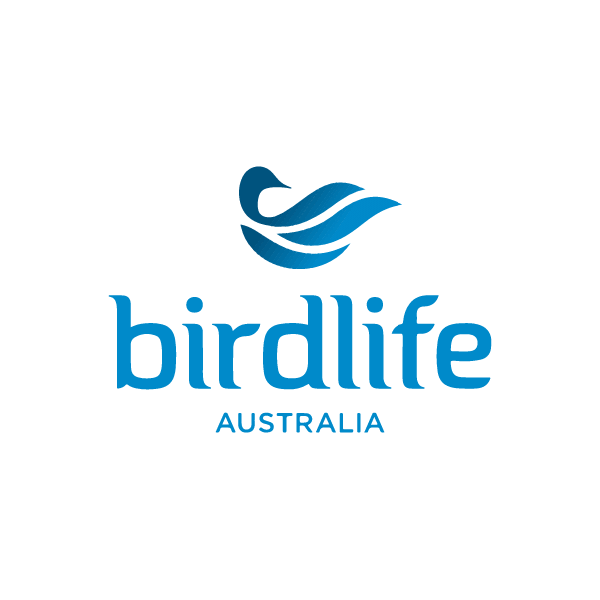REGIONAL LAND PARTNERSHIPS
Through an Australian Government National Landcare Programme and Future Drought Fund investment of $15.3 million over five years; from 2018 – 2023, South Coast NRM, together with delivery partners and land managers across the South Coast region, has worked to deliver nine landscape scale projects. These projects have contributed significantly to the aspirations of Southern Prospects, the South Coast Regional Strategy for Natural Resource Management.
The program of works has provided significant investment in the region for threatened species and ecological community conservation, regional capacity, cultural heritage and sustainable agriculture works. Projects have connected efforts to protect and improve the status of priority listed threatened species, protect and improve threatened ecological communities, reduce threats to our globally-important Ramsar wetlands, implement works to improve on-farm soil, biodiversity and vegetation, and increase the capacity of our farms to adapt to climate change and evolving market demands.
OUR PARTNERS
Upon completion of the program, project reporting data was used to create a snapshot of project achievements towards Southern Prospects aspirations.
The cornerstone of the past four years of landscape scale actions has been four key Regional Land Partnerships (RLP) supported projects as outlined below:
-
- Protecting coastal corridors and improving Proteaceae dominated Kwongkan Shrubland and Temperate Coastal Saltmarsh TEC for South Coast Region of WA;
- Improving the status of 20/20 priority listed threatened species and protection of threatened species in the South Coast Region;
- Climate action: supporting the region to adapt, innovate and meet food market demands for sustainable food production; and
- Protecting Ramsar values through rehabilitation, restoration & reducing threats to the ecological character of Lake Warden & Lake Gore Ramsar wetlands.
Regional Land Partnership projects are located across the South Coast region, as marked in purple on the map.


















